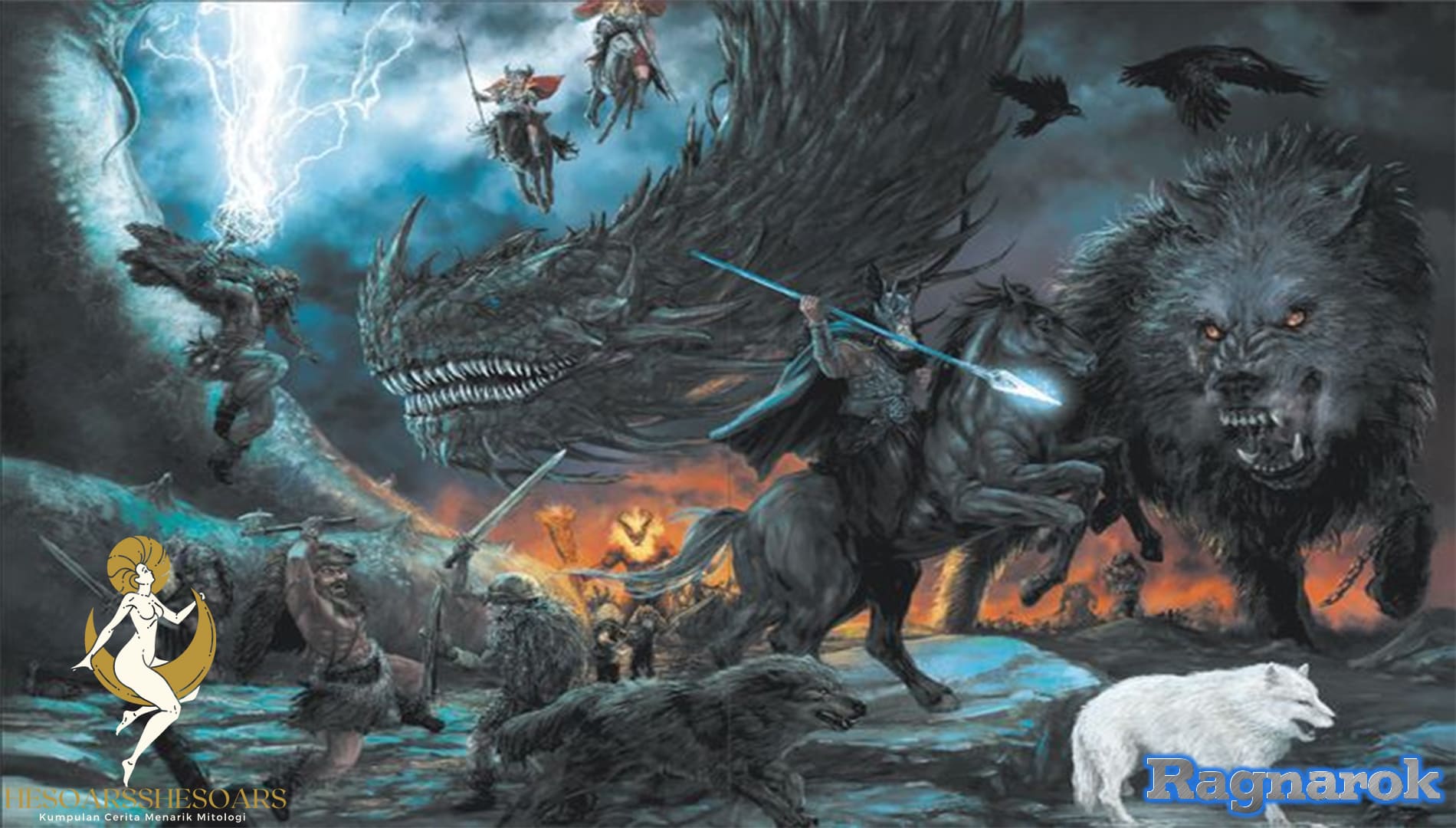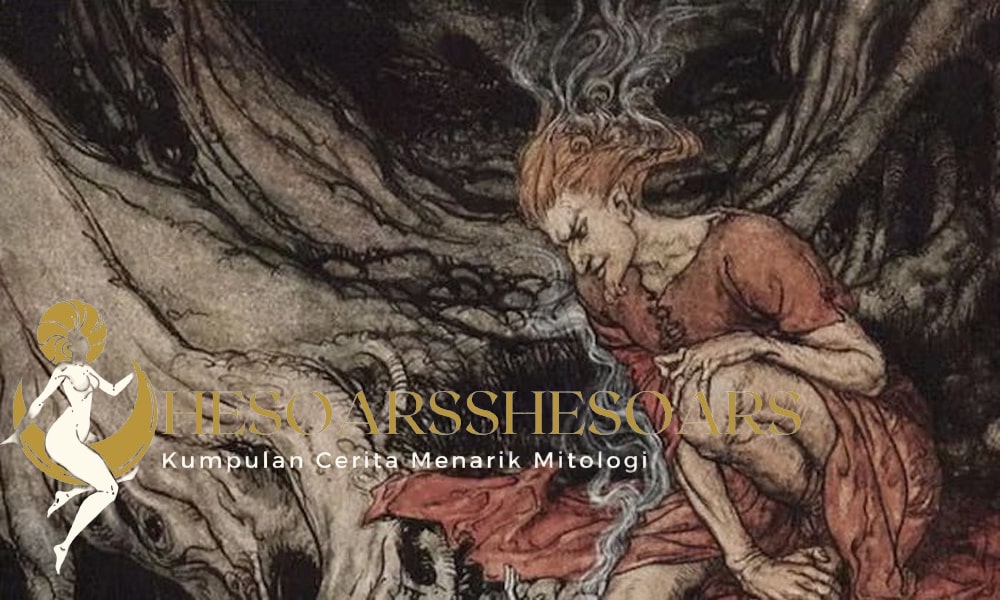Norse mythology, with its rich tapestry of gods, giants, and mythical creatures, has captivated the imaginations of people for centuries. At the heart of this intricate belief system lies the cataclysmic event known as Ragnarok. This apocalyptic event serves as the grand finale of Norse mythology, marking the end of the world and the beginning of a new cycle. In this article, we will delve into the details of Ragnarok, exploring its significance, the key players involved, and its enduring impact on modern culture.
The Prelude to Ragnarok
The Cosmic Timeline:
To understand Ragnarok fully, it is essential to place it within the context of Norse cosmology. The Norse believed in a vast cosmos, with nine realms interconnected by Yggdrasil, the World Tree. Among these realms were Asgard, home to the Aesir gods, and Midgard, the realm of humans. Ragnarok was destined to be a catastrophic event that would disrupt this cosmic balance.
The Prophetic Prophecies:
Ragnarok was not a sudden occurrence but rather a series of events foretold in ancient Norse texts. The most famous source of these prophecies is the Poetic Edda and the Prose Edda, two collections of Old Norse poems and prose written by various authors. These texts describe the escalating tension leading up to Ragnarok, hinting at a destined confrontation between the forces of chaos and the gods themselves.
IKey Players in Ragnarok
The Aesir Gods:
The Aesir gods, including Odin, Thor, and Freyja, were central figures in Norse mythology. They were the divine rulers of Asgard and were fated to play pivotal roles in the events of Ragnarok. Odin, the Allfather, sought knowledge and wisdom, and his quest for these attributes led to his pivotal role in the unfolding drama of Ragnarok.
The Jotnar (Giants):
In Norse mythology, giants were not merely grotesque creatures but were instead powerful and influential beings. The Jotnar, including the notorious Loki, were often in conflict with the Aesir, setting the stage for Ragnarok’s inevitable clash between these two factions.
Fenrir the Wolf:
One of the most iconic figures in the lead-up to Ragnarok was Fenrir, a monstrous wolf prophesied to play a crucial role in the destruction of the cosmos. Bound by the gods due to his uncontrollable nature, Fenrir’s eventual release was destined to spell doom for the world.
The Serpent Jormungandr:
Jormungandr, a colossal serpent that encircled Midgard, was another key player in the apocalyptic event. The serpent’s release was also foretold, and its emergence from the depths of the ocean would bring chaos and destruction to the world.
The Events of Ragnarok
The Chain of Events:
Ragnarok was a series of interconnected events that unfolded over a significant period. The trigger for these events was the breaking of the chains that bound Fenrir and Jormungandr, releasing them from their captivity. This act set in motion a chain reaction leading to chaos and destruction.
The Final Battle:
The culmination of Ragnarok was the final battle between the Aesir gods and the forces of chaos, including giants, monsters, and the treacherous Loki. This epic clash would determine the fate of the cosmos.
The Death of the Gods:
In the course of the battle, many of the Aesir gods met their demise. Odin faced off against the monstrous wolf Fenrir, while Thor confronted Jormungandr. Despite their valor, the gods were ultimately overwhelmed by the sheer magnitude of the chaos.
The Fiery End:
As the battle raged on, the world itself began to crumble. Fires consumed Midgard, the oceans surged, and the sky darkened. The cosmic balance that had held the realms together for millennia was irreparably shattered.
The Aftermath and Rebirth
Survivors and New Beginnings:
Not all was lost in the wake of Ragnarok. A few gods and two human survivors, Lif and Lifthrasir, managed to escape the destruction. They hid in the branches of Yggdrasil and would serve as the seed for a new world, symbolizing the cyclical nature of existence.
The Rebirth of the Cosmos:
Following Ragnarok, the cosmos began anew, with a new world rising from the ashes of the old. The cycle of creation, destruction, and rebirth continued, reflecting the Norse belief in the eternal nature of existence.
Ragnarok in Modern Culture
Influence on Literature:
The concept of Ragnarok has left an indelible mark on modern literature and pop culture. Authors like J.R.R. Tolkien drew inspiration from Norse mythology, infusing their works with themes of cosmic conflict and rebirth.
Comics and Movies:
Marvel Comics incorporated Norse mythology into its stories, with characters like Thor and Loki becoming iconic figures in popular culture. The Marvel Cinematic Universe further propelled these characters to global fame.
Video Games:
Video games like “God of War” and “The Elder Scrolls V: Skyrim” have featured Norse mythology prominently, immersing players in the world of gods, giants, and epic battles reminiscent of Ragnarok.
Conclusion
Ragnarok, the apocalyptic event at the heart of Norse mythology, remains a captivating and enduring aspect of human culture. Its themes of cosmic conflict, the inevitability of change, and the cyclical nature of existence continue to resonate with people worldwide. As we delve into the depths of Norse mythology and explore the cataclysmic events of Ragnarok, we gain insight into the complex belief system of the ancient Norse and its lasting impact on modern culture.




